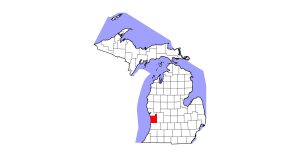Traumatic Brain Injuries in Equestrian Sport
- Topics: Article, Welfare and Industry

Starting off, he reiterated a common thread among the day’s speakers: Equestrians are athletes, and athletes suffer injuries. He stated that, among sports-related TBIs, the highest incidence among adults occurred in equestrians.
“Riding requires a lot of athleticism,” Han said. “Riding a horse is tougher than mixed martial arts and kickboxing. It requires a high level of athleticism and neural engagement to ride. It’s also very complicated—riding marries a horse and person into synchrony. Other sports pale in comparison to high-level equestrian sports.”
Han is used to receiving questions about head injury across the range of sports. One question he gets asked is why there is such variability in recovery
Create a free account with TheHorse.com to view this content.
TheHorse.com is home to thousands of free articles about horse health care. In order to access some of our exclusive free content, you must be signed into TheHorse.com.
Start your free account today!
Already have an account?
and continue reading.
Written by:
University of Kentucky College of Agriculture, Food and Environment
Related Articles
Stay on top of the most recent Horse Health news with















